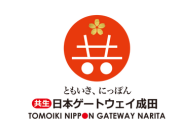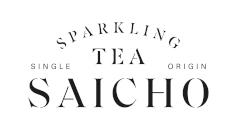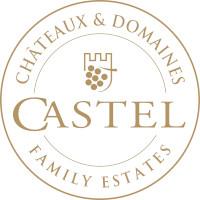It’s near the remote island of Silverskår, part of the Åland archipelago between Sweden and Finland. It’s a significant location. It’s where 47 bottles of Veuve Clicquot were discovered on a shipwreck – a schooner that sunk around 1840.
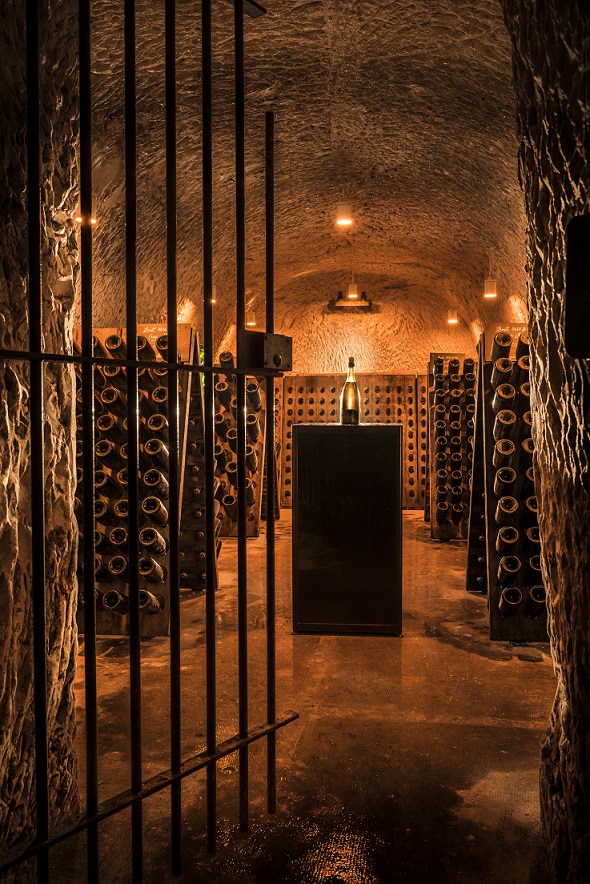
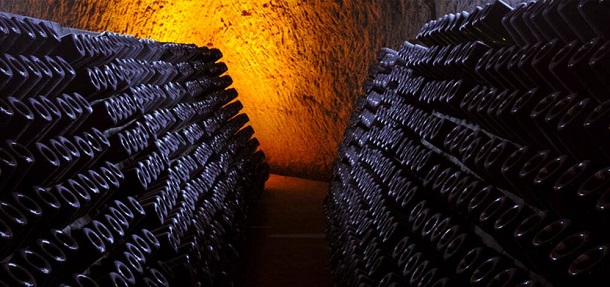
Last month, Moet Hennessy's Veuve Clicquot offered 28 guests (14 couples) the chance to participate in a comparative tasting of bottles immersed in the sea, versus those kept in the house’s cellars in Reims, on a private island in the Baltic Sea.
The trip was timed to coincide with the second scheduled comparative tasting of the sea-aged bottles as part of a 40-year tasting experiment run by the maison. The idea for the experiment came following the discovery of the shipwrecked bottles in July 2010 (the cargo included a total of 168 bottles of champagne).
Several months later, a tasting of ten of the bottles from vintages estimated to be from 1839 to 1841 proved the wine was still of excellent quality. This motivated the Champagne house to embark on an investigation into the ageing and maturation of champagne underwater.
‘Cellar in the Sea’ is the result. It’s a long-term scientific experiment in a controlled environment that reflects Veuve Clicquot’s “ongoing commitment to innovation and excellence”.
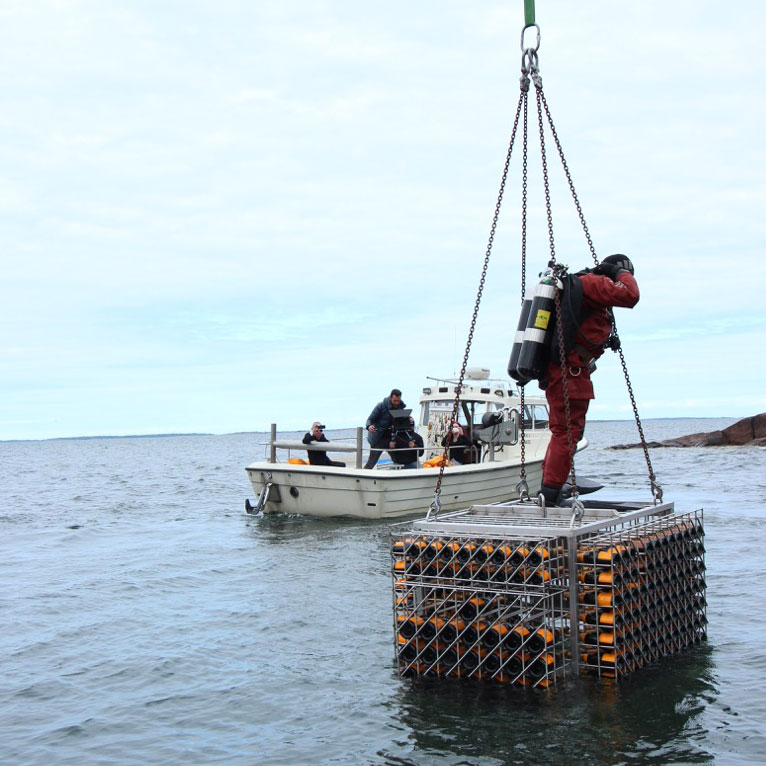
On June 18, 2014, a metal cage containing non-vintage Yellow Label (in 75cl and magnum bottles), Vintage Rosé 2004 and demi-sec wines was placed into the “Åland Vault”. The cage was lowered 40 metres below the water’s surface to almost exactly where the shipwreck was discovered. The absence of light and oxygen and constant low temperature (4°C) – as well as the added bonus of pressure equivalent to that of the bottle – are all desirable in conserving wine under optimal conditions and make the depths of the Baltic Sea an ideal “cellar”, according to the company.
The evolution of the wines over the 40-year period are monitored by Veuve Clicquot’s chefs de caves, who compare them with a duplicate selection kept in the house’s chalk cellars in Reims (at 12°C). Periodically, some bottles of each style are brought to the surface and tasted against their counterparts that have been ageing in the crayères. Samples of the wines are also sent to the oenological universities of Reims and Bordeaux for technical analyses to discover the ageing secrets of the Baltic Sea.
Opening the Cellar in the Sea to tourists gave them the opportunity to compare the wines, too.
Guests on this ultra-luxury trip began their journey in Champagne, then, following a gala dinner centred on the maison’s prestige cuvée La Grande Dame, they made their way by air and sea to Silverskår (below).
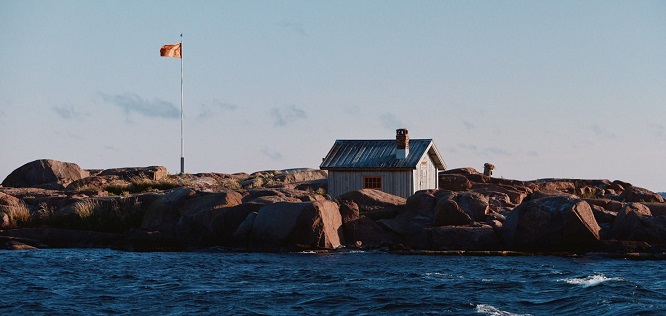
Once on the private island, cellarmaster Didier Mariotti took guests through a tasting of some of Veuve’s most historic and sought-after vintages. Guests with diving experience joined the scuba team to see the Åland Vault for themselves.
Afterwards, Canopy contacted Didier (below) about the project.

Canopy: Did you get a chance to try any of the shipwrecked wines discovered in 2010?
Didier: “I did not have the chance to participate in the tasting of all the bottles, but I was able to taste a bottle during a dinner with a client. It was not a VCP (Veuve Clicquot Ponsardin) wine.”
How was it?
Didier: “Interesting because it is to date the oldest Champagne wine that I have tasted. This wine developed aromas of evolution very consistent with a very low pressure. We also tasted a great moment of history.
“You have to realise that those wines are precious testimony of Madame Clicquot’s time and thus practices. Going deep inside analysis abled us to glimpse into her winemaking. For example, the high proportion of tannins (polyphenols) proves the use of black grapes mainly, supposedly Pinot Noir as Meunier appeared in the region a long time after. Aromas were completely off-standard for old champagnes. We reach new extreme conditions of ageing, passing beyond the tertiary spectrum. But most astonishing was the perfect balance preserved all these years. Very high acidity softened by very high dosage of 140g/L, still fresh and bubbly!”
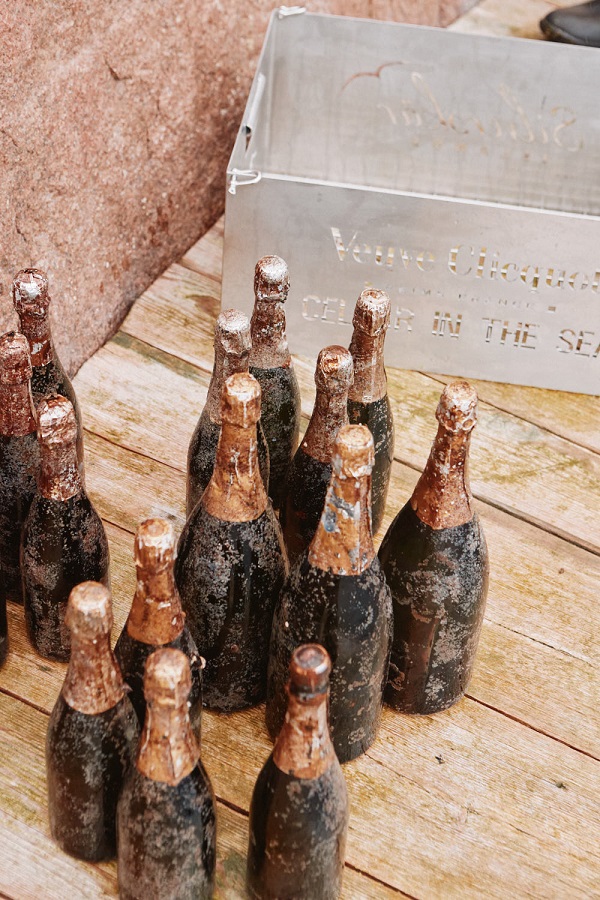
What are the big lessons from this experiment?
Didier: “We are not trying to reconsider our practices. Our crayères are a treat to age our wines. We want to push the boundaries and learn new parameters in extreme conditions to understand better the ageing process. The initial wines that were discovered were in excellent condition considering their age, so we already know that the sea at that depth and temperature is an excellent preservation technique.”
Why those three wines?
Didier: “We try to understand different ageing paths. They all have a significant characteristic. Yellow Label bottle versus magnum – to explore size effect and age. Vintage Rosé 2004 to understand the rosé/red wine impact on ageing. Demi-sec – to reveal sugar potential and sugar impact on ageing.”
How did you arrive at 40 years for this experiment?
Didier: “40 to 50 years will allow us to measure all deviations over a long period of time.”
How much difference does the depth make?
Didier: “42m deep means 5 bars of pressure, constant temperature of 4°C and total dark. There are approximately 5 bars of pressure in a bottle of champagne. Meaning pressures are opposite.” (Without counter-pressure in the cellar in Reims, more carbon dioxide will escape.)
How exposed to the elements are the wines?
Didier: “The wines are at a constant temperature and protected from the light. Thanks to the depth (40m), the bottles are safe from the majority of storm swells. No water enters the bottle, neither salt nor gas, and the same pressure inside and outside of the bottle.”
What extra things do you have to do to wines aged under the sea?
Didier: “Stainless-steel wire and cap; super-premium natural cork.”
‘Anything that possibly improves our understanding of our wines is worth it’Is the extra hassle and expense worth it?
Didier: “We are continually searching for ways to improve our wines, to push them to their limits. A huge part of our job is research and development, and this experiment is a core part of that. Anything that possibly improves our understanding of our wines is worth it.”
Can you really taste the difference?
Didier: “Some differences right now, but time will increase those differences.”
In general, is it better or just different?
Didier: “It's very difficult to label one wine as ‘better’ than another given the subjectivity of the question. Our aim with this experiment is to understand the impact of the ageing in a controlled manner and, if possible, use that knowledge to improve upon our future winemaking.”
Is it just a good marketing story?
Didier: “We are proud of our innovation and desire to push our winemaking to the limits, and we are proud to share our story. As well as a fascinating experiment, it is also a chance for us to relive our history a little.”
Have you tried ageing wines in the cellar in the sea before they have been disgorged?
Didier: “We wish we could! Unfortunately, as the Champagne region is strictly controlled by OIV legislation, we are not allowed to send Champagne not disgorged outside the Champagne area.”
Have you tried experimenting with no-SO2 wines?
Didier: “No.”
Could this be a good technique for such wines?
Didier: “As preserved from oxygen and temperature, those wines would be even more fragile once on the surface.”
My experiment
I’ve written about ageing wine under the sea here and here. It’s because I plan to put 102 bottles of my Hungarian sparkling wine – a unique blend of Pearl of Victoria and Grüner Veltliner – under the sea next year. This wine has now reached almost 6 bars of pressure, making me think about opting for a depth of 40m too. Currently the wine is resting in this cellar in Etyek, near Budapest.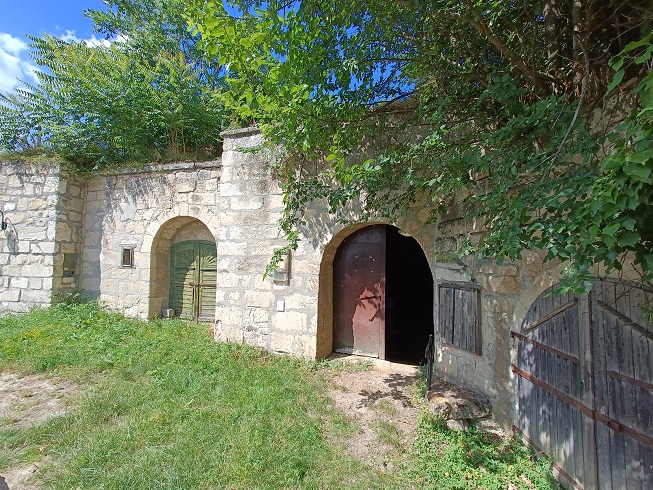
The new entries in this year’s World’s Best Vineyards list
13 Finca Victoria - Durigutti Family Winemakers, Argentina (highest new entry)23 Champagne Bollinger, France
25 Viñedos de Alcohuaz, Chile
28 Brooks Wine, USA
30 Bodega Bouza, Uruguay
34 Château de Beaucastel, France
35 Szepsy Winery, Hungary
41 Chateau Kefraya, Lebanon
45 Disznókő, Hungary
46 Veuve Clicquot, France
47 Château Mukhrani, Georgia
48 Bodega DiamAndes, Argentina
49 Bodega Muga, Spain
50 Viña Errázuriz, Chile

 English
English French
French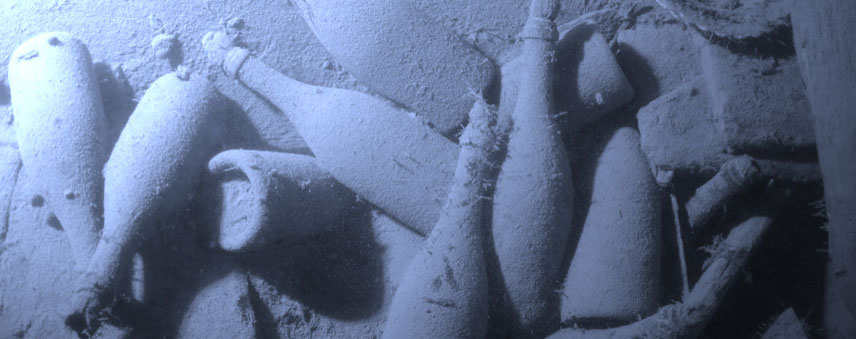

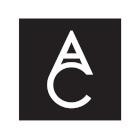
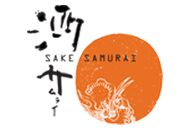
.png)
